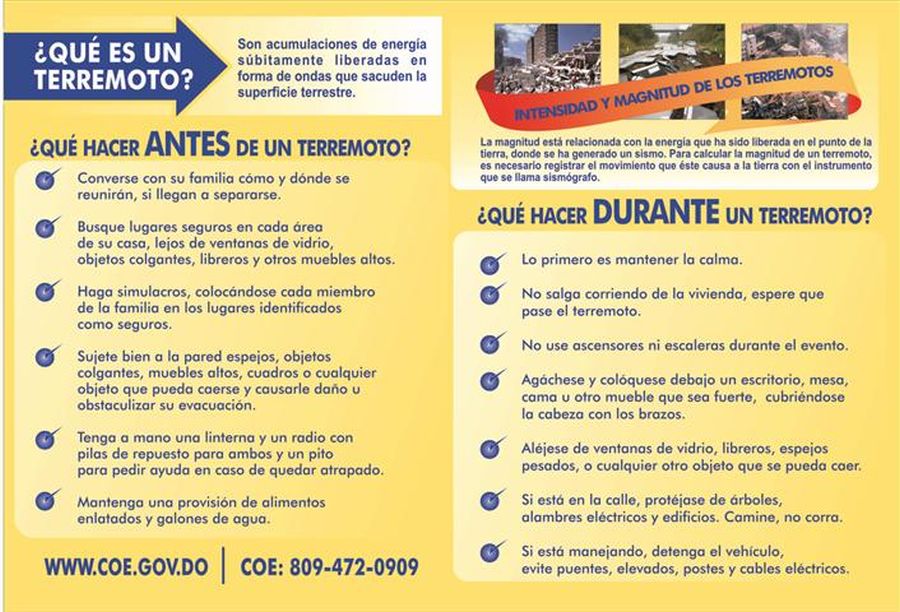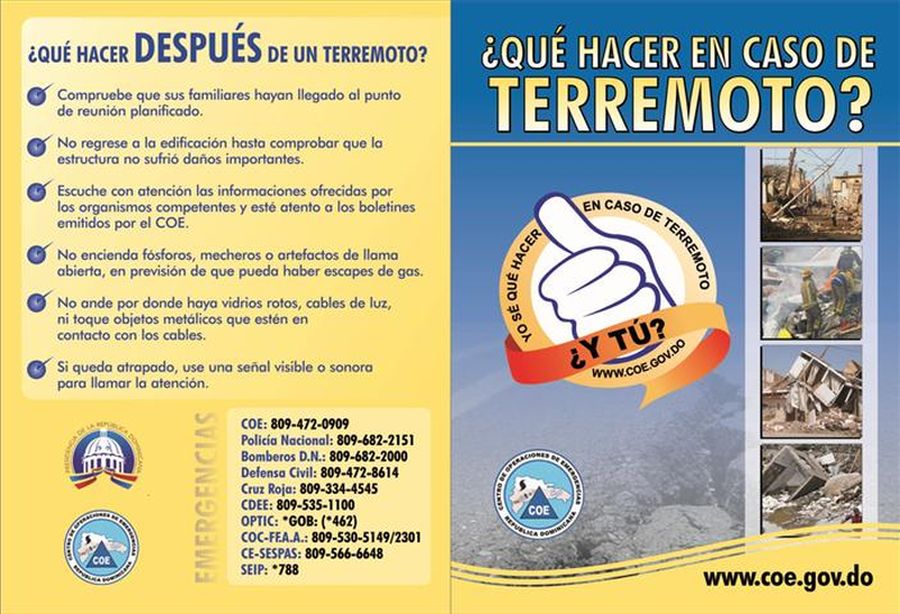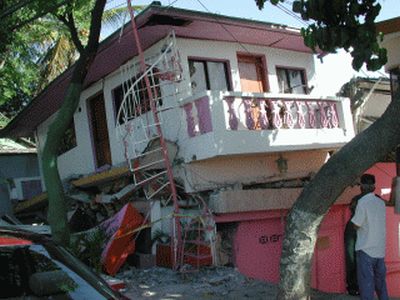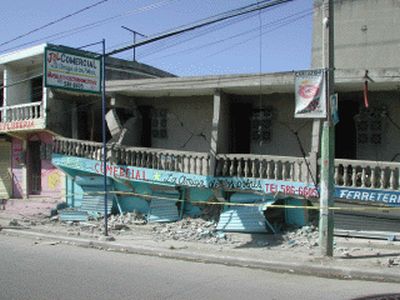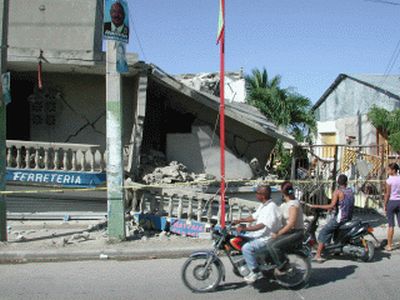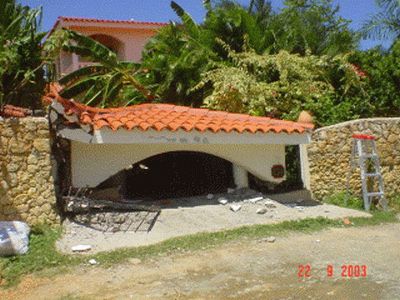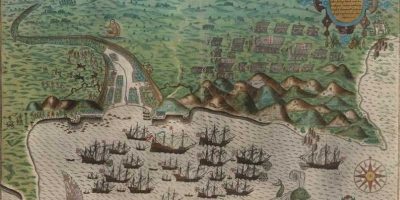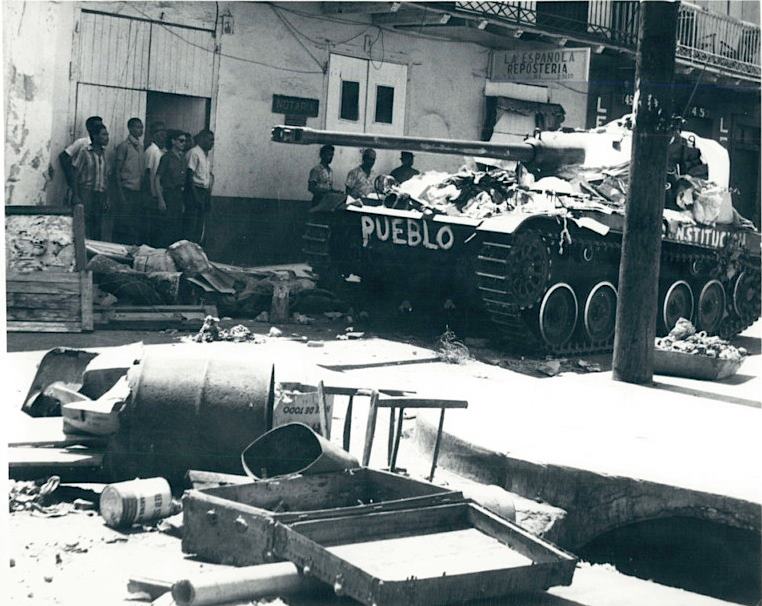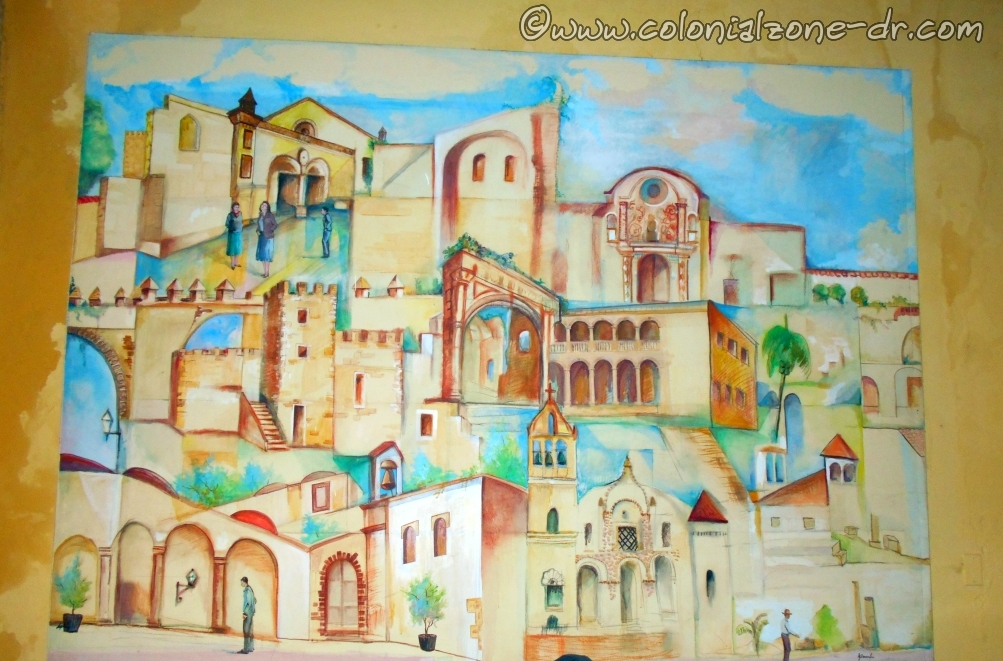Frey Father Bartolomé de Las Casas
Father – Frey Bartolomé de Las Casas was so many things to so many people. He was part of the original colonization of Santo Domingo. He fought for human rights in defense of the Indigenous peoples of Hispaniola.

Frey Bartolomé de Las Casas was a Spanish colonist, a priest, a friar, the founder of a Utopian community and first Bishop of Chiapas. He was a scholar, historian and 16th century human rights advocate. Las Casas has been called the Father of anti-imperialism and anti-racism. Considered by some to be a saint and by others to be a fanatic and close to insanity.
Las Casas to this day is still very much an icon. He is the symbol of justice and the fight for human rights in Latin America. He led the way for many peoples fight for freedom and human rights. So, no matter what people thought of this Dominican monk, he made a great influence in the life and culture of the world.
It is interesting to note his birth and death years. 1484*-1566*. There are many different dates for the time of Las Casas birth and death. Originally it was said he was born 1474 but after some scholars did some studying they discovered he was really born much later in 1484. So now history has change and his official birth date is November 16, 1484. Las Casas died, some reports say on July 17th and others say the 18th, 1566 when he was either 81 or 82 years of age.

Las Casas was born in Spain and studied in the Cathedral school of Sevillana. He came to Hispaniola with the expedition of Nicholas de Ovando in 1502. He participated in some campaigns of conquest on the island and left for Rome in 1507. When he returned was granted an allotment of Indians by Diego Columbus.
Padre las Casas was the first to hold mass for the Indians in the Americas. A sermon of Fray Pedro of Cordova in favor of the Indians helped to unite the fight in the defense of the exploded Taino Indians. He intervened with the head of the Dominican priests to look for the solution to the problem of the indigenous peoples. As of that moment, the young priest became the lawyer of the mistreated Native race. With that aim he traveled to Spain, where he met with King Fernando the Catholic, at the end of 1515. He gained nothing with that interview.
After the Death of King Fernando, Cardinal Cisneros replaced him in the Court. Finally, with Cardinal Cisneros at the head, Bartolomé was able to form a group, administered by Spaniards and helped by monks, to aid the indigenous peoples of the island. Still, the people in charge did not want to give freedom to the Indians.
Las Casas returned to Spain, where meeting with the new Monarch Carlos V, proposed new plans to improve the life of the Indians. One of the proposals of the Father the Houses was the one to replace the indigenous population with black Africans. This proposal was accepted but it did not improve the situation of the Indian. The Indians of Hispaniola disappeared quickly, in spite of the effort of Las Casas to protect them.
When there were very few indigenous Indians left on the island Las Casas went to the newly conquered territories and continued with his defense of the natives. He was against the violent conquest of the territories and always protested against the great slaughtering carried on by the conquerors.
It is also interesting to note that Las Casas, while fighting for the rights of the Natives did not fight for the rights of the African Slaves. He did not want Indian slavery but he still used African slaves. Bartolomé de las Casas eventually came to the realization that all forms of slavery were wrong and inhumane. In The History of the Indies published in 1527 Las Casas is quoted saying “I soon repented and judged myself guilty of ignorance. I came to realize that black slavery was as unjust as Indian slavery…
and I was not sure that my ignorance and good faith would secure me in the eyes of God.”
Las Casas fought in several locations of South and Central America trying to prevent the extermination of the Indians. While in Peru he preached against the violence of Pizarro in the conquest of the Incan Empire. For this reason he was transferred and imprisoned in Santo Domingo in 1533.
Bartolomé continued his fight in 1535 when he was released from prison and continued on to Central America. In Guatemala he made an attempt of pacific conquest.
An interesting quote by Las Casas:
“The reason why the Christians have killed and destroyed such an infinite number of souls is that they have been moved by their wish for gold and their desire to enrich themselves in a very short time”
Las Casas Books
Las Casas fought for the rights of the Indians until his death in July 1566. He wrote several important works about the conquest and Spanish colonization in Las Americas. The books “Apologética” and the “Historia de Las Indias” (History of the Indians”) are the most recognized. In his will he signed over all his writings to the College of San Gregorio.
Some writings of Las Casas
*Apologetic History of the Indies
*History of the Indies
*Spanish Cruelties
*A Short Account of the Destruction of the Indies
*Comprobatory Treatise on the Imperial Sovereignty and Universal Jurisdiction which the Kings of Castile Have over these Indies
A list of books by and about Frey Bartolome de las Casas on Amazon

For much more on Las Casas please go to http://www.lascasas.org
Plaza Frey Bartolomé de Las Casas
There is a small and beautiful plaza in the Colonial Zone honoring Las Casas. It is located on Calle Padre Billini between Hostos and Arz. Meriño.


